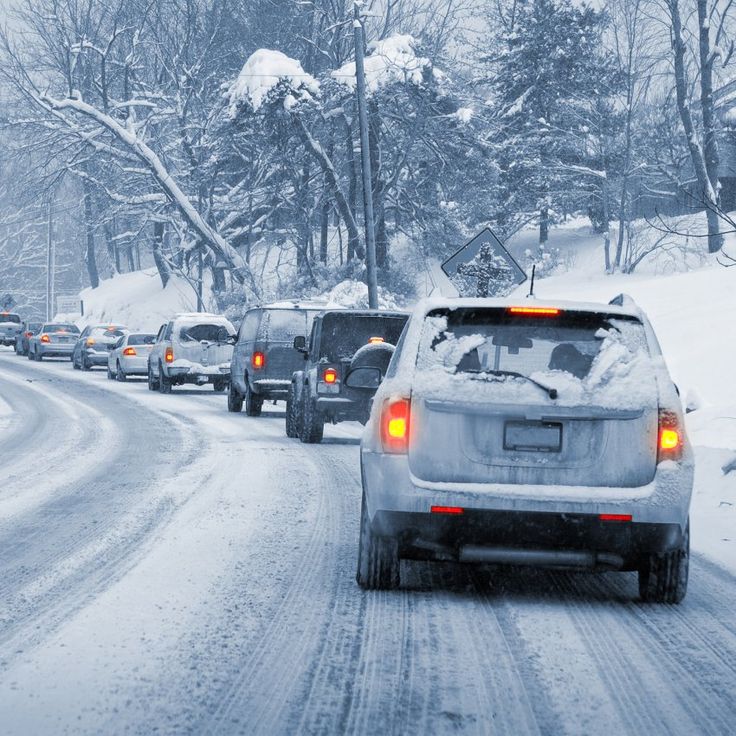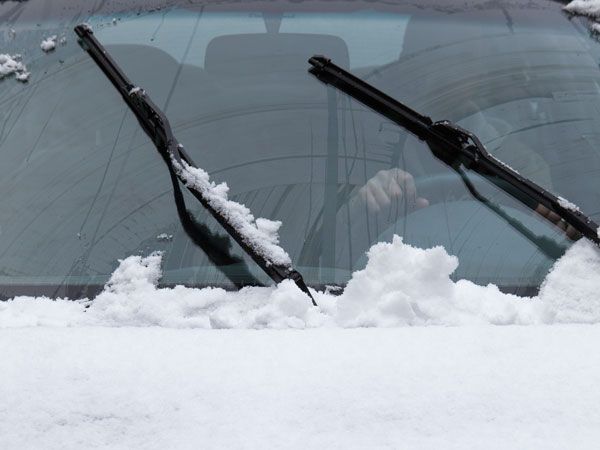Repair instructions
Top 10 Winter Car Care Mistakes to Avoid
As the temperature drops and winter conditions take over, your car requires extra attention to ensure safety and reliability on the road. Avoiding a few common winter car care mistakes can prevent costly repairs, reduce the risk of accidents, and keep your vehicle running smoothly. Below are the 10 biggest mistakes to watch out for this winter:
1. Driving Too Fast
While speeding is always dangerous, it’s especially hazardous during winter. Snow, ice, and slush can dramatically reduce traction, braking ability, and visibility. Always drive below the speed limit when conditions are poor, as your stopping distance increases significantly on icy or snowy roads. Slow down, stay in control, and drive to the conditions.

2. Skipping Car Washes
Winter driving conditions—especially with road salt—can cause long-term damage to your car’s body and undercarriage. Salt promotes rust, which can lead to costly repairs if left unchecked. Make washing your car a routine part of your winter maintenance. A weekly wash, including the undercarriage, will help prevent salt buildup and protect your vehicle from corrosion.
3. Thinking All-Season Tires Are Enough
All-season tires are not designed for the harsh conditions of winter. If you live in an area with significant snow or ice, winter tires are essential. Snow tires are built with deeper treads and a rubber compound that stays flexible in freezing temperatures. If you want the best traction and safety, invest in winter tires, and swap back to all-season tires once the weather improves.
4. Overfilling the Cooling System with Water
It’s crucial to maintain a proper antifreeze-to-water ratio in your car’s cooling system. A 50/50 mixture is ideal. Too much water in the system can freeze in low temperatures, leading to engine damage or even a cracked block. Ensure your coolant mixture is prepared for winter to avoid expensive repairs.
5. Using Part-Time 4WD on Dry Pavement
While four-wheel drive (4WD) is a great tool for snow and slippery surfaces, it’s not meant for use on dry roads. If your vehicle is equipped with part-time 4WD, remember to switch back to 2WD when road conditions are clear. Operating 4WD on dry pavement can cause unnecessary stress on your drivetrain and lead to costly mechanical issues.
6. Braking Abruptly
In winter conditions, braking too suddenly can cause your car to slide and lose control, especially on ice or packed snow. To stop safely, brake gently and early, allowing more distance between you and the vehicle in front. In vehicles with a manual transmission, use engine braking by downshifting to reduce the strain on your brakes.
7. Forgetting Winter Essentials
An ice scraper is a must-have during the winter months. Don’t wait for the defroster to do all the work—always have an ice scraper in your vehicle to clear frost and snow from your windshield and windows. Also, consider packing a winter emergency kit that includes gloves, blankets, water, and other essentials in case of a breakdown.
8. Overestimating AWD/4WD Capabilities
While all-wheel drive (AWD) or four-wheel drive (4WD) can help you get through snow or slippery conditions, it’s not a guarantee that you won’t lose control, especially on ice. These systems improve traction but don’t enhance braking performance. Always drive cautiously, and understand that AWD/4WD is not a substitute for safe driving habits.
9. Driving Without Necessary Repairs
Winter puts added strain on your car, and it’s essential to address any existing issues before the season hits. Brakes, tires, and heating systems should be checked and maintained regularly. If your car is due for repairs or maintenance, don’t delay—fixing issues now can prevent breakdowns in the middle of a snowstorm.
10. Not Properly Clearing the Windshield
It’s tempting to drive off with a small patch of the windshield cleared, but this compromises visibility and safety. Always take the time to fully clear snow and ice off all your windows before driving. An ice scraper is key, and it’s also a good idea to check your defroster, wipers, and washer fluid levels regularly to ensure clear visibility in all conditions.

Final Thoughts: Use Common Sense
Winter driving requires caution, preparation, and regular vehicle maintenance. By staying proactive and mindful of these common mistakes, you’ll reduce the risk of breakdowns, accidents, and unnecessary repairs. Remember to drive cautiously, take care of your car, and always prioritize safety over convenience.
